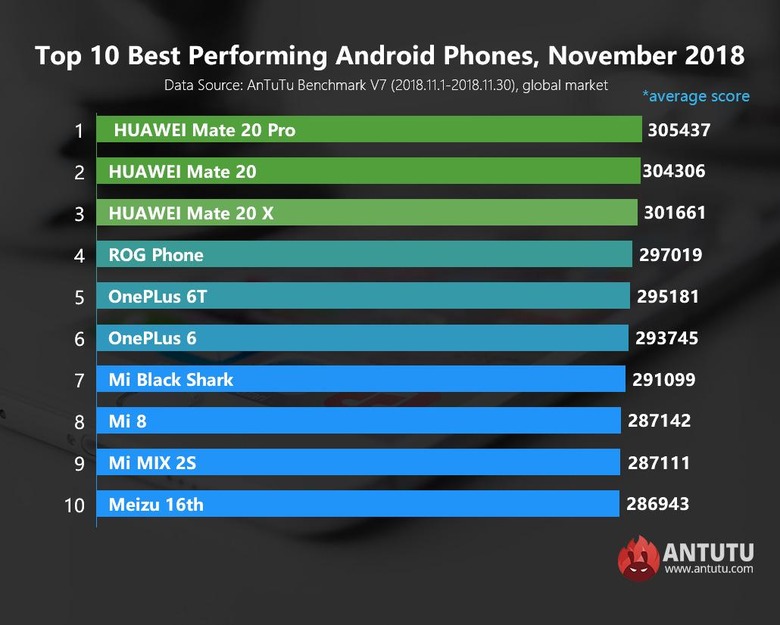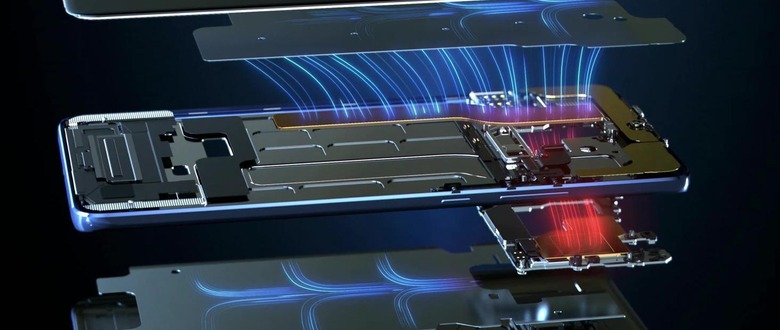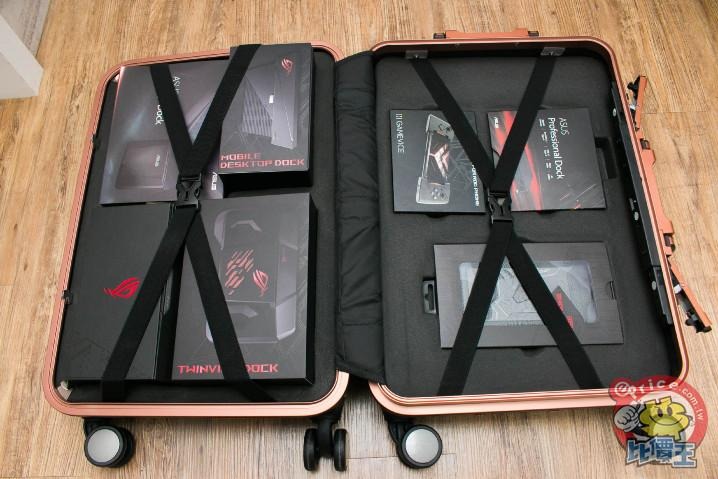Gaming phones are a fad that's going away soon
ASUS is reportedly rethinking its mobile strategy around gaming phones, spurred perhaps by the popularity (not actual sales) of its ROG Phone. Razer has definitely been convinced it's the way to go, enough to create a Razer Phone 2. Xiaomi's Black Shark and ZTE/nubia's Red Magic all seem to believe there's a future in gaming smartphones. They might be right, at least for another year. Two at most. Then gaming smartphones will suddenly vanish not because they've become passé. It's because practically every smartphone will be a gaming smartphone.
Like modular smartphone or blockchain smartphones or even smartphones with styluses, gaming smartphones are a niche category that really serves just one purpose. Strip away all the fancy accents and LEDs, they are pretty much smartphones who exude power to the point you'll need extra cooling to prevent them becoming the next Galaxy Note 7. Those properties, however, are also becoming more common in high-end smartphones.

What makes a smartphone a gaming smartphone anyway? Raw power? That may be especially true for something like the ASUS ROG Phone and its "overclocked" Snapdragon 845. But it has already been beaten in benchmarks by regular Huawei Mate 20s on the latest Kirin 980. It's going to be a back and forth game for smartphone and silicon makers but one thing is clear: performance isn't going to be the sole territory of gaming smartphones for very long.
Is it the cooling system them? After all, these gaming smartphones boast of advanced thermal management systems. But power and thermal management are two sides of the same performance coin. The higher the power, the higher the heat, the greater the need for more advanced cooling methods. Samsung, Huawei, and Xiaomi have been marketing their fancy new cooling systems to high heavens. The only advantage gaming smartphones have are really extra vents and, maybe, an external cooling fan.

Is it the branding then? Actually, that may be the one thing that immediately separates these gaming smartphones. And not always in a good way. While OEMs are trying to be more subtle with their branding, gaming smartphones are totally being obnoxious. It is, after all, what gamers usually want. But mobile gamers aren't gamers 24/7 and their gaming smartphones aren't single-purpose devices. The multi-color LED notifications might be a point of pride during a MOBA or Battle Royale match but could be an embarrassment in a board meeting.
Razer, Xiaomi, and especially ASUS are banking on gaming accessories to supplement their gaming smartphone sales. Such accessories are nothing new and they won't be going away any time soon. But they're also not exclusive to gaming smartphones at least those not specifically designed to work only on a specific model. In fact, with the right accessories, any smartphone becomes a gaming smartphone. But as long as mobile games are designed primarily and sometimes exclusively with touch input in mind, those accessories will remain inconsistent add-ons that just take up extra space in bags and on desks.

Mobile gaming has become a billion dollar industry that everyone, including governments and regulators, are suddenly taking very seriously. That doesn't mean, however, that there's a gaming smartphone market that's ripe for the picking. On the contrary, it's exactly because of that lucrative mobile gaming market that all smartphone makers will want to put out a phone that can serve gamers just as well. And with every smartphone becoming a gaming smartphone, there will be no gaming smartphones.
